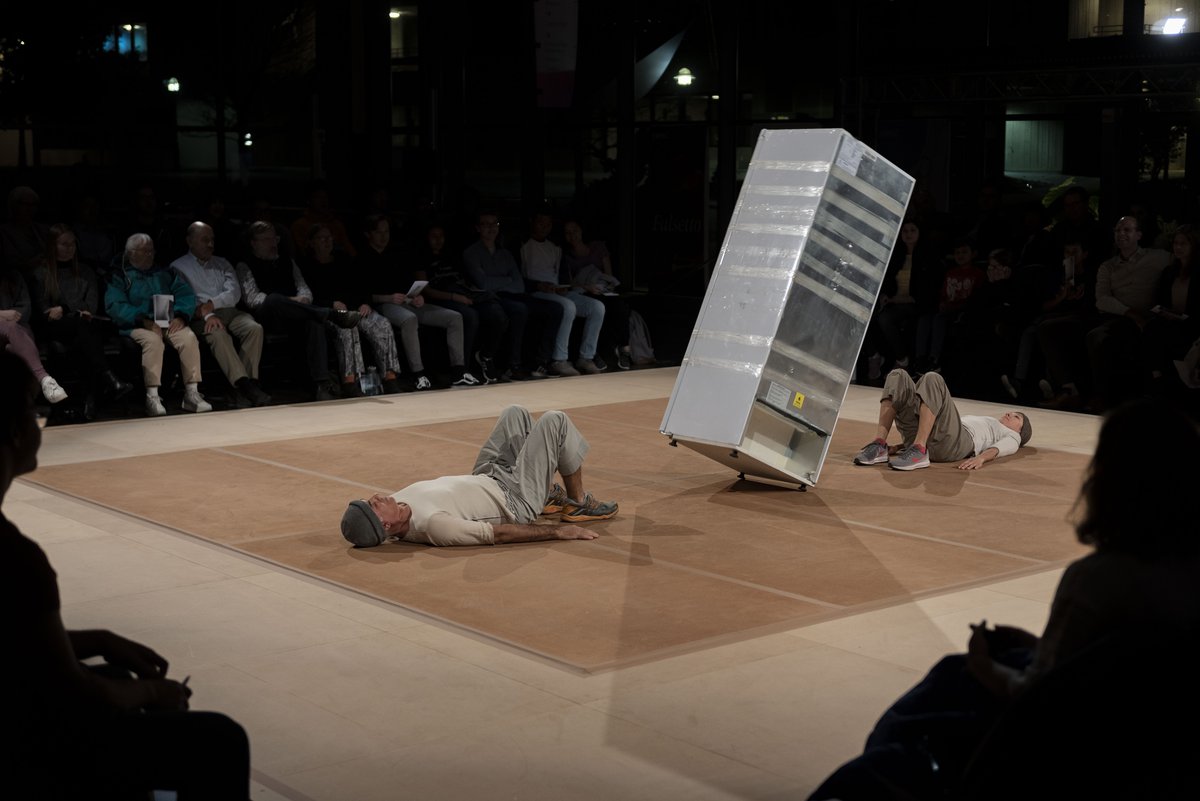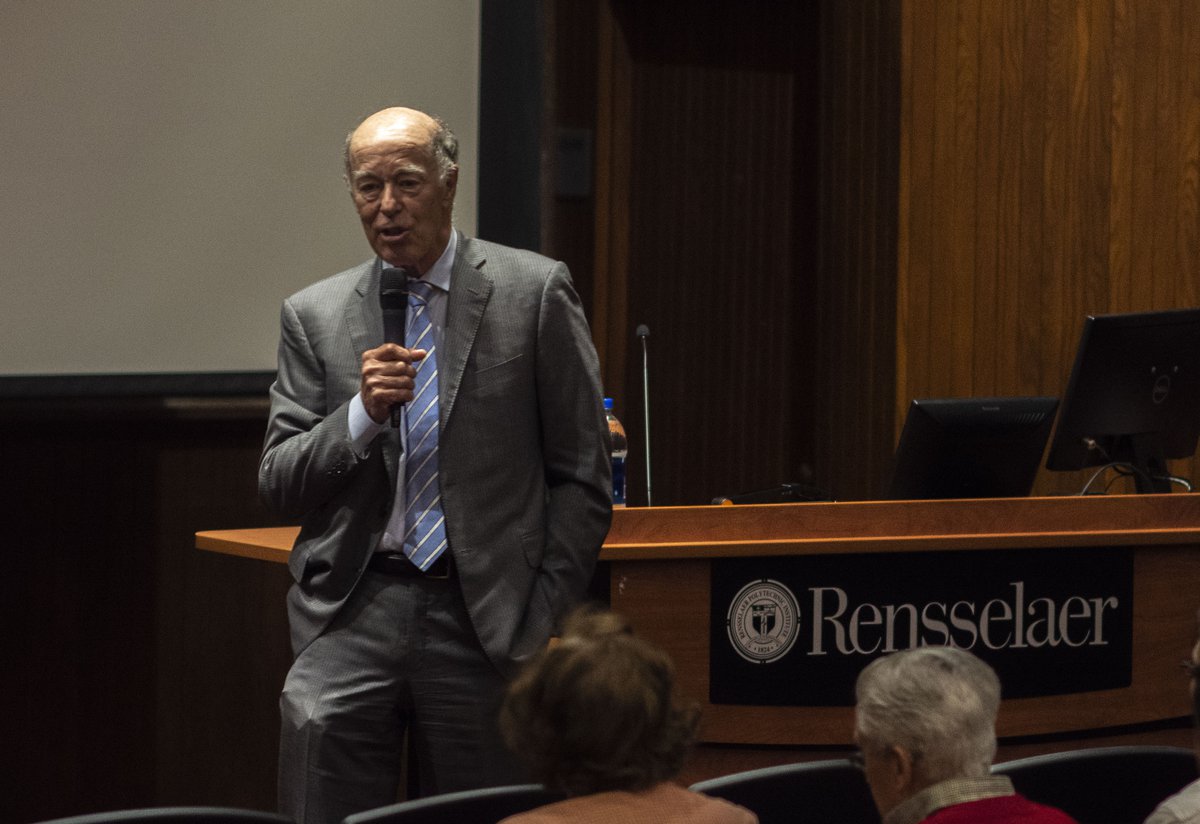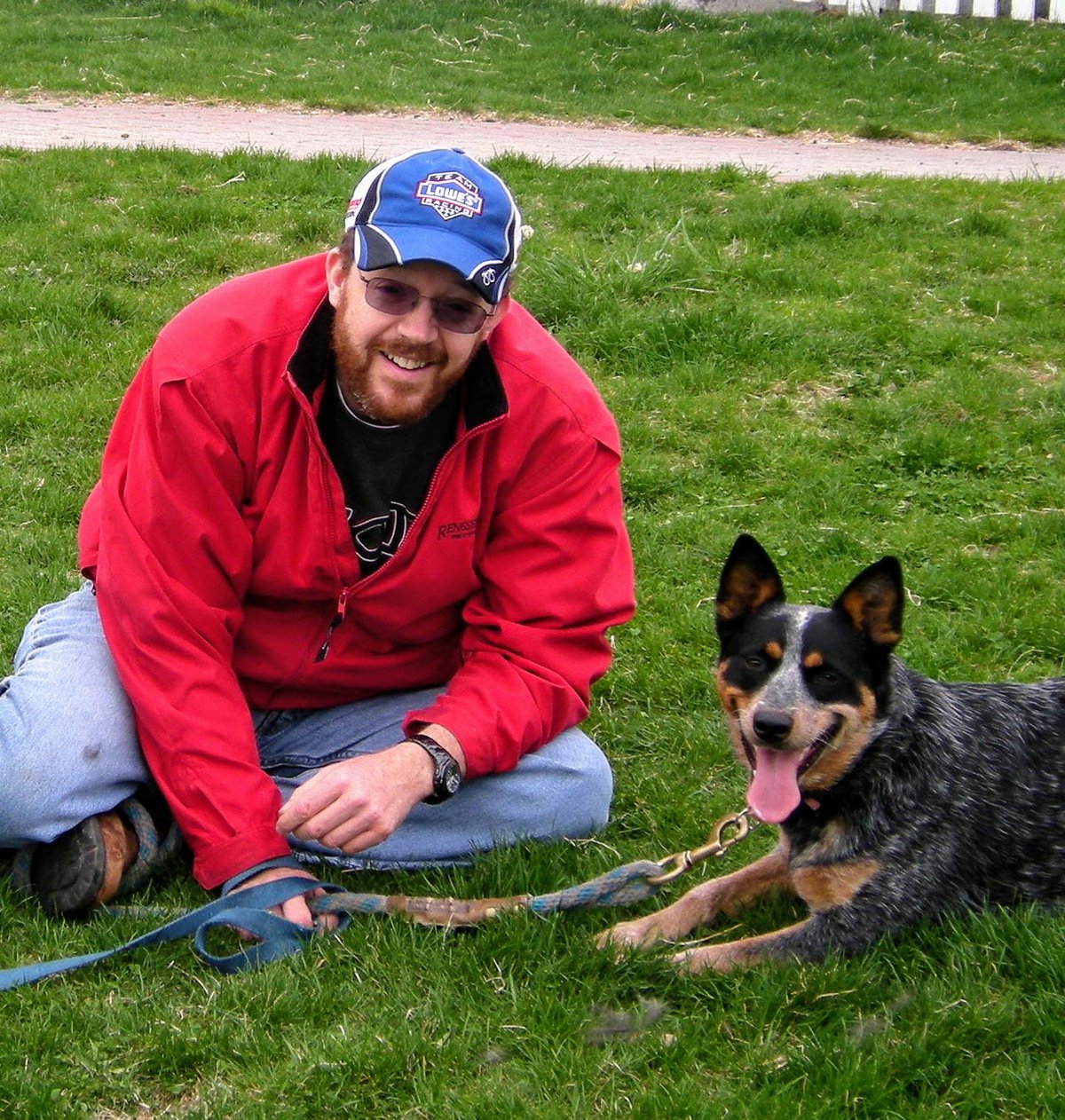Frightening fridge-dance fascinates

The avant-garde Turkish dance duo Taldans performed one of their earliest pieces, titled Dolap, on Thursday at the Experimental Media and Performing Arts Center. Mustafa Kaplan and Filiz Sizanli make up the group, which was formed in 1996, the duo choreographed Dolap in 2000, and Thursday evening's performance was an example of the cumulative effect of working on a single piece for nearly twenty years. Dolap was the kind of piece that excited the audience with the dancers’ physicality and trust in each other. It lent itself to many interpretations and plenty of discussion, especially regarding Taldans’ strange choice of prop: a refrigerator.
Dolap means two things in Turkish: “cabinet” and “intrigue.” The first aspect of this meaning makes sense: Dolap is performed with a refrigerator—a cabinet of sorts. The second meaning, “intrigue,” however, was more interesting to think about as the dance piece progressed.
The performance was held in the lobby of EMPAC; a curious setting that ended up providing the audience with a much more intimate experience watching the dance. The lighting was low and the audience—an array of people ranging from graduate students having pre-show discussions about Tchaikovsky to young children and their parents—was murmuring. The refrigerator laid on its side in the corner of the square plywood stage. A spotlight shone and Taldans, dressed in loose clothing and stocking caps, silently entered the stage and began to dance.
They started off by standing the fridge upright, lying on their backs, and kicking the refrigerator back and forth to each other. As they went on, the movements they performed along with the refrigerator became increasingly complex; Sizanli would climb up onto the fridge and lean on it, allowing it to fall a distance before Kaplan would catch them and hold them up with his legs. They would switch places and repeat the motions, but each time audience members found themselves catching their breath in anticipation of whether the fridge would hit the ground or not. The duo eventually progressed to falling down along with the refrigerator on to the other member. These moments were tense but followed by quick relief when the member below the fridge would move away at the last second. These movements exhibited by Taldans were a testament to trust—not only in each other but in their own impressive physicality.
Dolap had no soundtrack. Instead, the thud of the refrigerator on the ground and the rhythmic ripping of tape coming off its roll and going around the fridge punctuated the piece. These purposeful thuds and rips were performed in mathematical rhythms, influenced by the duo’s combined engineering and architecture backgrounds. The dancers themselves made their own music and, in the process, made the refrigerator the third member of their group.
The performance was followed by a question and answer session led by Noémie Solomon, a dance scholar and curator. This session provided audience members with interesting insights into the development of the piece, how different audiences react to the piece differently, and the backgrounds of the performers. Interestingly, when the duo performs in a new location, they travel in the area of the new venue to find a new fridge. This tradition serves as both an introduction to the area, as well as an exciting variation in the piece with each new location.
The absurdity of dancing with a refrigerator prompted several questions from the audience as to their intentions while choreographing this piece. While audience members (and even the program for the event) suggested many different interpretations—that the dance was an “experiment in physics,” a “domestic parable,” or even a “joyous ritual on the vestige of capitalism”—Taldans wanted audiences to just enjoy their performance.
Dolap and Taldans’ responses made us think about whether artists should have specific meanings in mind while creating their art, and whether these meanings should be publicly shared. Regardless, this performance left the audience with a lot to reflect on.

 Empac Event
Empac Event
 Guest Speaker
Guest Speaker
 Academics
Academics